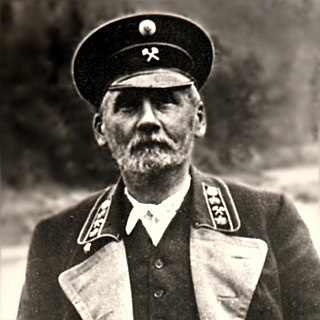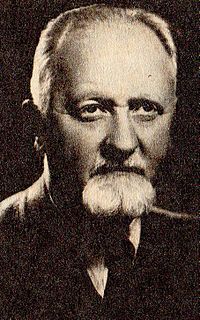 W
WKarol Bohdanowicz (1867–1947) was a Russian and Polish mining engineer, geographer and geologist.
 W
WLeonard Borejko Chodźko (1800–1871) was a Polish historian, geographer, cartographer, publisher, archivist, and activist of Poland's post-November-1830-Uprising Great Emigration.
 W
WJan Stanisław Franciszek Czerski was a Polish-born Russian Imperial paleontologist, osteologist, geologist, geographer and explorer of Siberia.
 W
WAntoni Bolesław Dobrowolski was a Polish geophysicist, meteorologist and explorer.
 W
WIgnacy Domeyko or Domejko, pseudonym: Żegota was a Polish geologist, mineralogist, educator, and founder of the University of Santiago, in Chile. Domeyko spent most of his life, and died, in his adopted country, Chile.
 W
WLeonard Jaczewski, Леонард Антонович Ячевский, Leonard Yachevsky (1858–1916) was a Polish geologist, geographer, engineer and explorer of Siberia. He was one of the pioneers in the study of permafrost.
 W
WAlfred Jahn was a Polish geographer, geomorphologist, polar explorer and rector of Wrocław University.
 W
WAleksander Kosiba was a Polish geographer, geophysicist, glaciologist and climatologist.
 W
WAntoni Kukliński was a Polish professor of economics specializing in economic geography and research policy. From 1967 to 1971 he was director of regional research program at UNRISD. He is a founder of Centre for European Regional and Local Studies (EUROREG) at the University of Warsaw, Poland.
 W
WStanisław Leszczycki was a Polish geographer.
 W
WMaciej Miechowita was a Polish renaissance scholar, professor of Jagiellonian University, historian, chronicler, geographer, medical doctor, alchemist, astrologer and canon in Kraków.
 W
WWiktor Ormicki was a Polish geographer and cartographer, and a university professor. He was of Jewish descent. A specialist in economical geography and demography, he served at various posts in the Jagiellonian University, Wolna Wszechnica, Higher Trade School of Kraków and Lwów University. Arrested by the Germans during World War II in Sonderaktion Krakau, he was murdered in the Mauthausen-Gusen concentration camp.
 W
WAntoni Rehman aka Anton Rehman was a Polish geographer, geomorphologist, botanist and explorer. He published mostly in German journals in Austria and is regarded as an Austrian botanist, as Galicia was at that time part of the Austro-Hungarian Empire.
 W
WEugeniusz Mikołaj Romer was a distinguished Polish geographer, cartographer and geopolitician, whose maps and atlases are still highly valued by experts.
 W
WStanisław Józef Srokowski (1872–1950) was a Polish geographer and diplomat.
 W
WStanisław Wawrzyniec Staszic was a leading figure in the Polish Enlightenment: a Catholic priest, philosopher, geologist, writer, poet, translator and statesman. A physiocrat, monist, pan-Slavist and laissez-fairist, he supported many reforms in Poland. He is particularly remembered for his political writings during the "Great (Four-Year) Sejm" (1788–92) and for his large support towards the Constitution of 3 May 1791, adopted by that Sejm.
 W
WSir Paweł Edmund Strzelecki, also known as Paul Edmund de Strzelecki, was a Polish explorer, geologist and philanthropist who in 1845 also became a British subject. He is noted for his contributions to the exploration of Australia, particularly the Snowy Mountains and Tasmania as well as climbing and naming the highest mountain on the continent – Mount Kosciuszko.
 W
WAdam Szymański was a Polish writer and lawyer, remembered for his Siberian Sketches, detailed depictions of the life of Poles in exile. Pieces translated into English include "Srul from Lubartów", "A Pinch of Salt", and "Maciej the Mazur".